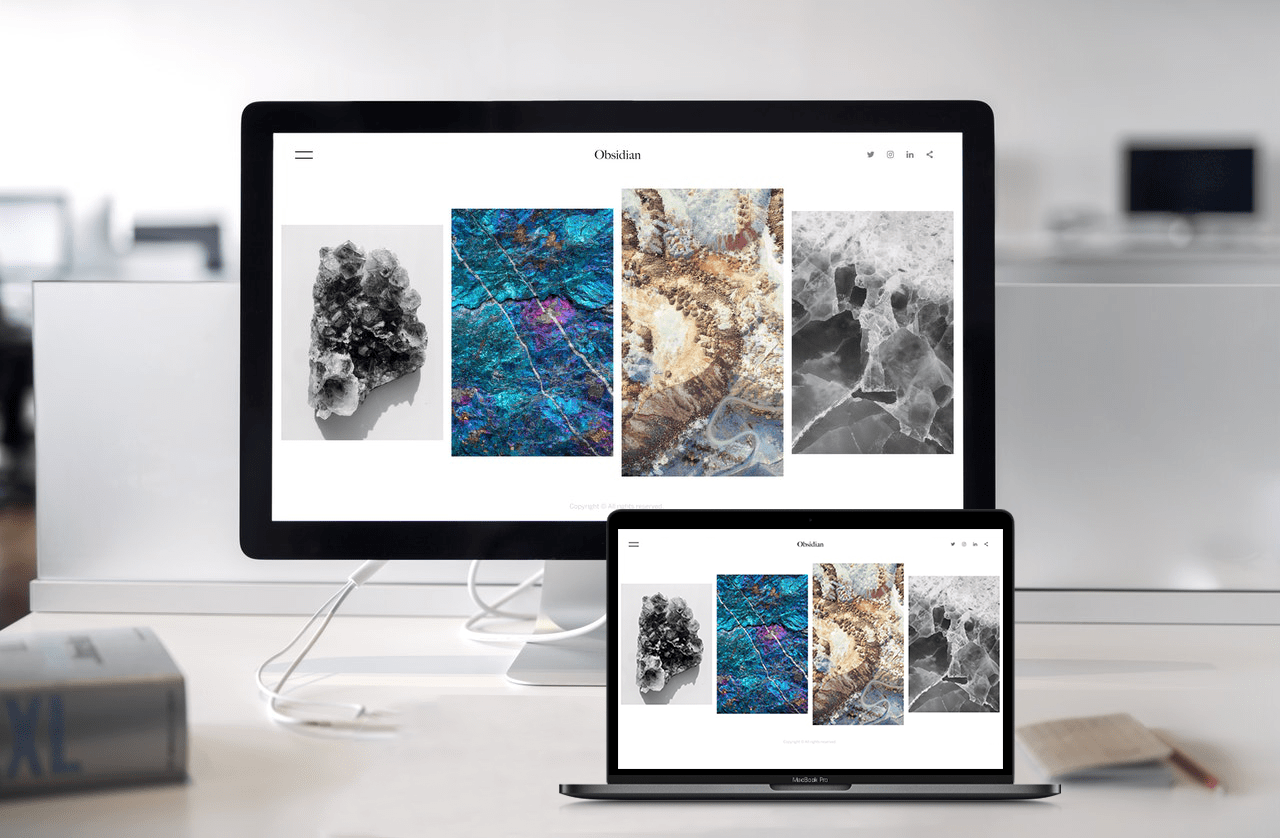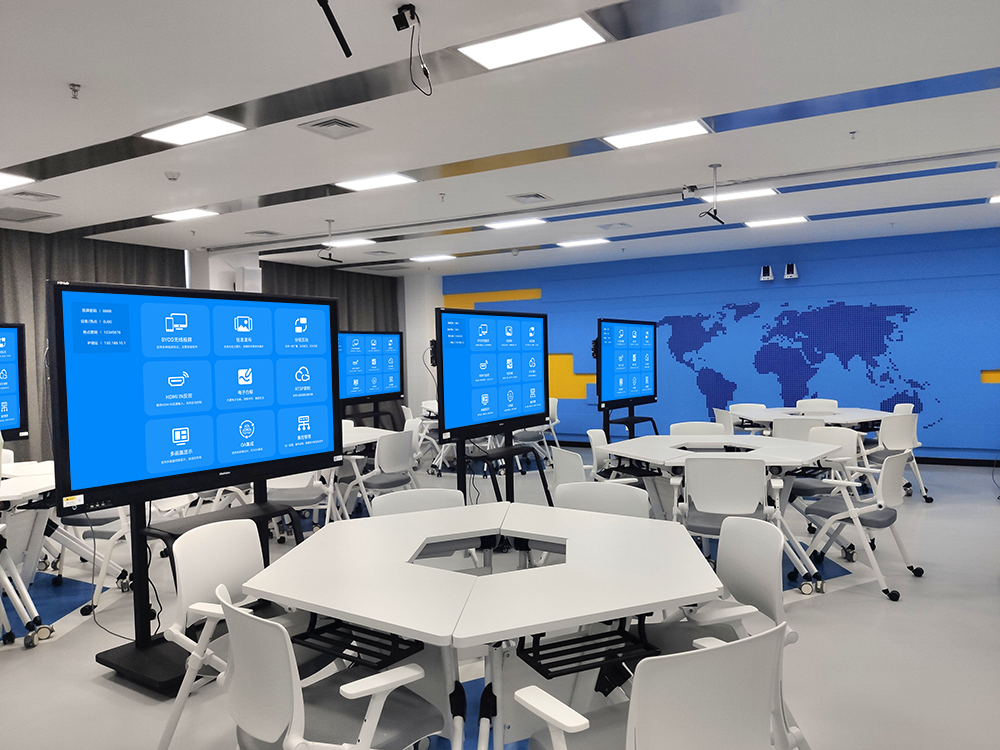AirPlay: Unleashing the Free Flow of Content on Apple Devices
Within the Apple ecosystem, AirPlay acts as an invisible link, seamlessly connecting devices like iPhones, iPads, Macs, and Apple TVs to enable the wireless transfer of photos, videos, music, and documents. With its ultra-simple operation, stable performance, and deep ecosystem integration, it brings convenience to office, entertainment, and educational settings, making it an indispensable tool for Apple users.
I. Zero-Barrier Connection: One-Click Content Mirroring
AirPlay’s operating logic aligns with Apple’s “simple and easy to use” design philosophy, allowing you to connect without any complex setup. iPhone or iPad users simply pull down the control center and tap the “Screen Mirroring” or “AirPlay” icon. The system automatically searches for AirPlay-enabled devices on the same network, such as TVs, projectors, or speakers. Mac users can find the mirroring icon in the menu bar and select the target device. Pairing is completed in 3 seconds.
Even first-time users can master the operation in under a minute. At a family gathering, an elder can simply tap a screen prompt to mirror old photos from their phone to the TV to share with the family. In a meeting, a professional can open a PPT on their MacBook and use AirPlay to cast it to a large conference screen with a single click, skipping the hassle of plugging and unplugging cables and letting them focus on the content itself.
II. High-Definition and Stable Transmission: True-to-Life Content Quality
(I) Immersive Audio-Visual Synchronization
AirPlay supports 1080P Full HD video transmission, with some devices capable of 4K output. The image details are sharp and clear, and color reproduction is consistent with the original display. When playing a 4K movie, an actor’s micro-expressions and the scene’s lighting layers are incredibly lifelike on the large screen. When displaying design drawings, the thickness of lines and the gradient of colors are precisely rendered, meeting the needs of professional design reviews.
Audio transmission uses lossless encoding. When connected to a HomePod or other speakers, the immersive feeling of a concert or the clarity of a speech is comparable to a wired connection. The audio-visual sync error is controlled within 20ms, so you won’t have the awkward “lip-sync mismatch” when watching a show, and a remote speaker’s voice and video will be perfectly synchronized during a video conference, making communication natural and smooth.
(II) Anti-Interference and Stable Connection
Relying on Apple’s self-developed wireless transmission protocol, AirPlay remains stable even when multiple devices are connected simultaneously or the network signal fluctuates. At home, an iPhone can mirror a variety show while an iPad plays music and a Mac downloads files, and the TV’s picture remains smooth and without lag. In the office, multiple MacBooks can take turns mirroring presentations via AirPlay, with no delays or black screens during the switch, ensuring the meeting’s pace is uninterrupted.
III. Ecosystem Synergy: Integrated into the Apple User’s Daily Life
AirPlay is deeply integrated into the Apple ecosystem, working seamlessly with iOS, iPadOS, and macOS. It supports “Universal Control,” allowing you to use a MacBook’s mouse and keyboard to control a mirrored iPad at the same time. You can edit a document on your computer while annotating content on the mirrored tablet, making multi-device collaboration feel like you’re using a single terminal.
For users with multiple Apple devices, AirPlay provides the flexible experience of “displaying content wherever it is.” A great video you find on your iPhone can be cast to your living room’s Apple TV with a single tap to continue watching. A design sketch drawn on an iPad can be mirrored in real-time to a MacBook for a team discussion. A document edited on a Mac can be cast to a large conference screen, and you can use your iPhone to flip through the pages remotely, completely freeing you from device constraints.
IV. Scenario-Based Applications: Unleashing Wireless Value
(I) Office Scenarios: An Invisible Bridge for Efficient Collaboration
- Mobile Office: A professional can film a client’s on-site needs with their iPhone and mirror it to a portable projector via AirPlay for a real-time discussion with the team. While on a business trip, they can connect an iPad to a hotel TV to mirror a PPT presentation, making remote communication feel like they’re there in person.
- Creative Collaboration: A designer can mirror a design draft from a MacBook to a large conference screen, while a client uses an iPad to annotate suggested changes. The annotations sync back to the designer’s Mac in real time, improving the efficiency of creative iterations by 40%.
(II) Entertainment Scenarios: A Warm Link for Family Sharing
- Family Movie Night: On weekends, you can select a movie on an iPad and use AirPlay to mirror it to the TV. You can then exit the mirroring interface on your phone to handle messages, without affecting the playback on the large screen. It supports “multi-room audio,” so you can use an iPhone to control HomePods in different rooms to play the mirrored music simultaneously, immersing the whole house in the same melody.
- Interactive Gaming: An iPhone can be used as a game controller, with the visuals mirrored to the TV. The clear viewing angle is great for multiple people watching. At a friend’s gathering, everyone can take turns mirroring photos from their phones to the TV, reliving wonderful moments together on the big screen, which makes the sharing experience feel more ceremonial.
(III) Educational Scenarios: An Efficient Tool for Interactive Classrooms
- Presentation of Courseware: A teacher can use a MacBook to create a dynamic lesson plan and mirror it to the large classroom screen via AirPlay. They can then use an iPad to handwrite annotations on key points, with the marks showing up on the main screen in sync, making it clearer for students to see. During a lab class, a video of a microscope view filmed with an iPhone can be mirrored in real-time, allowing all students to observe cell changes together, avoiding the inefficiency of taking turns.
- Student Interaction: A student’s finished homework on an iPad can be mirrored via AirPlay for a group discussion. The teacher can remotely pull up an excellent assignment from an iPhone to the main screen for commentary, increasing classroom participation by 60%.
With its minimalist operation, stable performance, and ecosystem synergy, AirPlay allows content on Apple devices to break free from screen size limitations and deliver greater value on a large screen. It is not just a mirroring technology; it’s the core link of the Apple ecosystem, making every content transfer simple, smooth, and enjoyable, and becoming an indispensable part of Apple users’ daily lives and work.